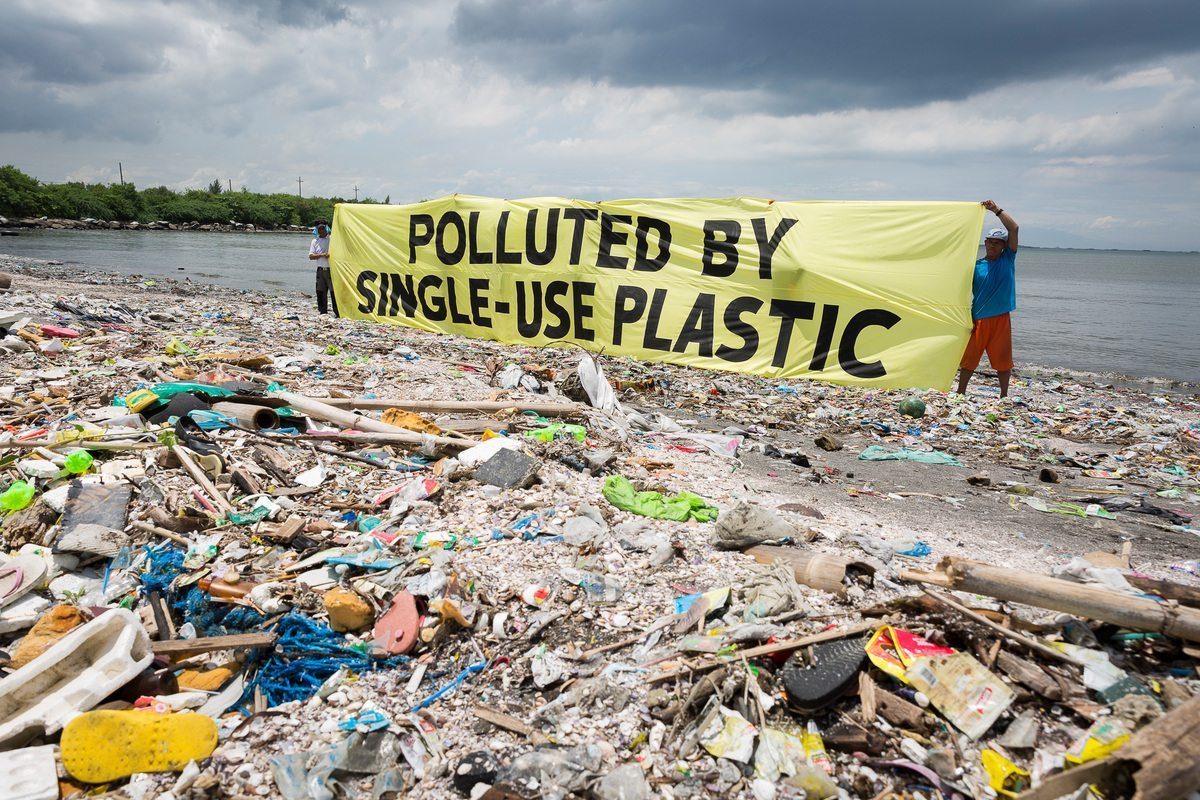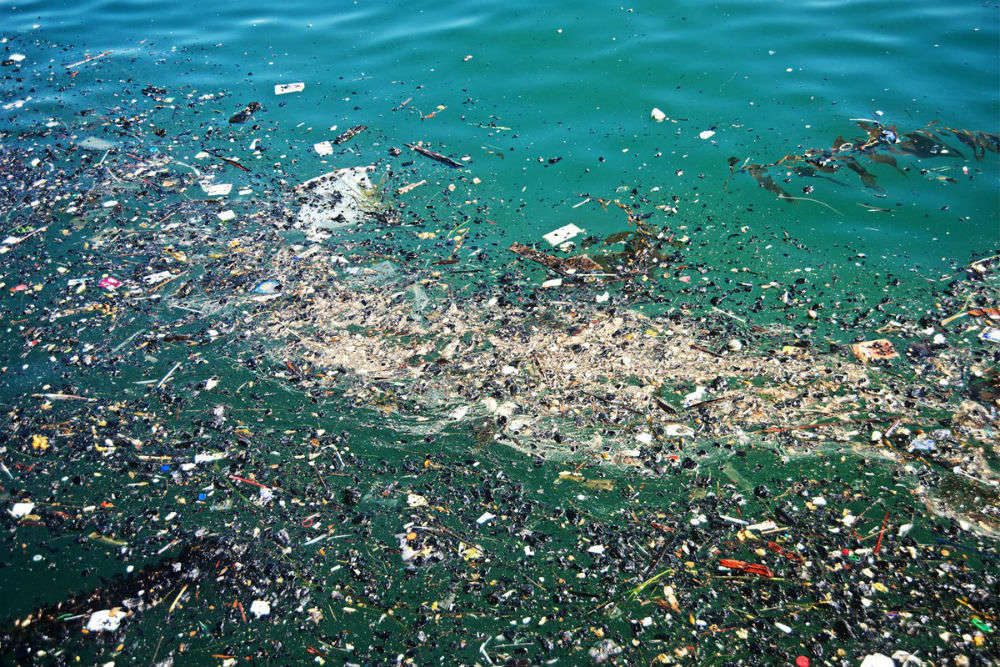 |
| Ocean Pollution Credit: Greenpeace |
 |
| The Great Pacific Garbage Patch Credit: Times of India |
- What did the video show us / encourage us to think about?
- This video explains the debris in the ocean. The scientists estimate that by 2050, there might be the same amount of plastic garbage as the amount of fish. SOME estimates hold that 99% of ocean-bound plastic waste is still unaccounted for. Plastic is a global issue and plastic accumulates in gyres (a large system of circulating ocean currents). Just the eastern part of the Great Pacific Garbage Patch spans to 1.6 million kilometre square (roughly twice the size of Texas).
- The patch is like a smog of microplastic particles, billions of them, very toxic over a wide area.
- Plastic can also become brittle and break apart, plastic pieces persist. It’s unable to oxidise or become waterlogged like metals, wood, or paper, all types of plastic are designed to defeat natural decay.
- “All the plastic that’s been produced since 1950, since it’s a synthetic material, hydrocarbons, it’s probability still here on the planet,” explains IPRC oceanographer Sarah-Jeanne Royer, PhD at the University of Hawaii, Manoa.
- How much plastic is there? What are the scientists working on?
- Scientists are worried about single-use packaging (straws, bottles, bags, cup lids etc).
- What do YOU think?
- This is not a good thing because each plastic bottle breaks down every 650 years.
- We can help and try to save the environment by using the 3Rs (Reduce, Reuse and Recycle), not use single-use plastics, putting the rubbish in the right bins, etc.
- Now, we are seeing the UN talking about it, companies rising up and saying, “We’re going zero waste.” Seeing countries committing to stop the flow of trash from land to sea. It is possible to solve this problem.
- How can we help?
- We can help and try to save the environment by using the 3Rs (Reduce, Reuse and Recycle), not use single-use plastics, putting the rubbish in the right bins, etc.
- Now, we are seeing the UN talking about it, companies rising up and saying, “We’re going zero waste.” Seeing countries committing to stop the flow of trash from land to sea. It is possible to solve this problem.